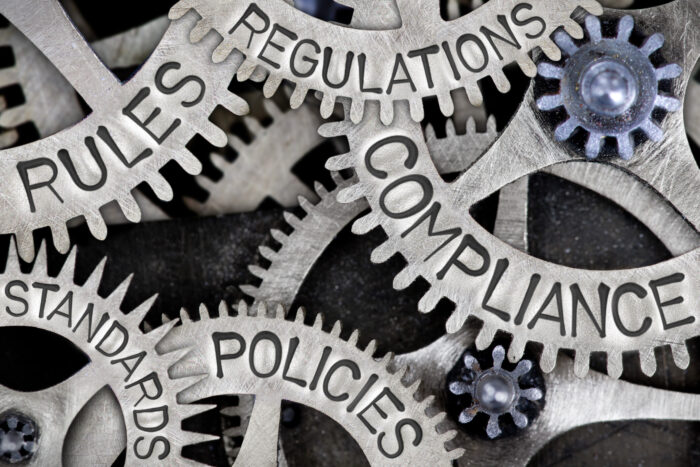
IT operations teams face complex compliance requirements that can be difficult to both interpret and implement. Nevertheless, not meeting legal and regulatory standards can result in big fines, damage to reputation, and ultimately a loss of business.
This is why every IT organization needs a comprehensive approach when it comes to compliance.
Implementing Compliance Controls
IT leaders must make compliance a top priority by employing appropriate controls across areas like data security, privacy, and records management.
Strong access controls should enforce the principle of least privilege, granting users only the access they need to get their jobs done. Data loss prevention controls can detect and block unauthorized attempts to access, transmit, or delete any sensitive data.
Auditing and testing controls regularly help to confirm they are working as intended. Documentation also plays a really important role in demonstrating compliance with regulators. Having detailed records of security policies, employee training, and past audits is not only expected but also a requisite.
Managing Software Licenses

Software licenses fall under legal and financial compliance rules. Not managing licenses properly could expose an organization to severe penalties under audits from major software vendors like Microsoft, IBM, Oracle, and SAP.
Using scan tools to check installations and match against purchases can help to avoid non-compliance. Specialist IBM audit defense teams like those at Miro Consulting can also mount arguments to help minimize penalties by leveraging available license entitlements.
Staying Ahead of Emerging Risks
While the main compliance areas like privacy and security remain paramount, other risks continue to materialize that warrant attention. For instance, OpenAI’s demonstration of how dangerous AI generation tools like ChatGPT can be when misused highlights an emerging data ethics issue.
Even if not yet subject to regulation, IT groups need governance when it comes to appropriate use as misinformation harms brand integrity. As well as this, while traditional cyber threats do not disappear, new attacks surface form constantly that IT security must get ahead of before incidents strike.
Supply chain infrastructure and Internet of Things endpoints present other challenges. Getting in front of all this via frameworks addressing third-party assurance and IoT device management shows IT risk leadership.
Staying Up to Date on Compliance Standards

From PCI DSS in retail to HIPAA in healthcare, compliance benchmarks differ quite a lot between industries. Tracking updates to standards and new guidance from regulators is important.
For example, UK and EU data protection rules in the GDPR have developed substantially over recent years around areas like data subject rights and cross-border data transfers. IT leaders must assign responsibility for monitoring changes in requirements to compliance staff.
Fostering a Culture of Compliance
Technological controls and auditing play a crucial role, but human behavior also greatly affects compliance outcomes.
Regular security awareness training for end users sets expectations around password hygiene, phishing avoidance, and managing sensitive information.
Building a workplace culture where people feel comfortable raising ethical concerns without fear of retaliation is also vital for avoiding compliance missteps before they occur.
Leveraging Compliance as a Strategic Advantage

Smart IT executives don’t just view compliance as a box-checking exercise. They weave compliance objectives into larger digital transformation strategies.
For example, adopting cloud-based productivity platforms like Microsoft 365 not only drives efficiencies through collaboration but also generally improves security, transparency, and data governance capabilities compared to legacy on-premises alternatives.
Conclusion
Legal and regulatory demands on IT organizations are extensive, but the resources exist to develop world-class compliance practices. Central oversight paired with distributed accountability across technical and business units lays the foundation.
From there, viewing compliance through a lens of risk management and business improvement rather than as a pure cost center unlocks lasting advantages. There are always new standards and rules arising, but proactive IT leaders can adapt by staying vigilant.














